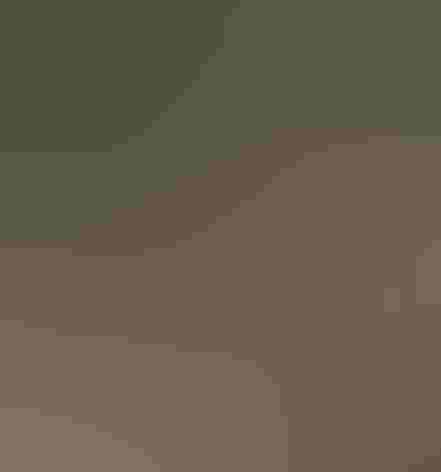Song Sparrow
At a Glance
Very widespread in North America, this melodious sparrow is among the most familiar birds in some areas, such as the Northeast and Midwest. At times it is rather skulking in behavior, hiding in the thickets, seen only when it flies from bush to bush with a typical pumping motion of its tail. Usually, however, sheer numbers make it conspicuous. Song Sparrows vary in appearance over their wide range, from large dark birds on the Aleutians to small pale ones in the desert Southwest.
All bird guide text and rangemaps adapted from Lives of North American Birds by Kenn Kaufman© 1996, used by permission of Houghton Mifflin Harcourt Publishing Company. All rights reserved.
Category
New World Sparrows, Perching Birds
Conservation
Low Concern
Habitat
Arroyos and Canyons, Coasts and Shorelines, Fields, Meadows, and Grasslands, Forests and Woodlands, Freshwater Wetlands, Saltwater Wetlands, Shrublands, Savannas, and Thickets, Urban and Suburban Habitats
Region
Alaska and The North, California, Eastern Canada, Florida, Great Lakes, Mid Atlantic, New England, Northwest, Plains, Rocky Mountains, Southeast, Southwest, Texas, Western Canada
Behavior
Direct Flight, Flitter
Population
130.000.000
Range & Identification
Migration & Range Maps
Present all year in many parts of range, but birds from northern interior move south to southern United States or extreme northern Mexico in winter.
Description
5-7" (13-18 cm). Fairly long tail, striped face, streaks on chest often run together into a central blotch. See Lincoln's Sparrow. Savannah Sparrow has shorter tail, usually lives in open fields.
Size
About the size of a Robin, About the size of a Sparrow
Color
Black, Brown, Gray, Red, White
Wing Shape
Broad
Tail Shape
Notched, Rounded, Square-tipped
Songs and Calls
Song consists of 3 short notes followed by a varied trill, sometimes interpreted as Madge-Madge-Madge, put-on-your-tea-kettle-ettle-ettle.
Call Pattern
Falling, Rising, Undulating
Call Type
Buzz, Chirp/Chip, Hi, Trill, Whistle
Habitat
Thickets, brush, marshes, roadsides, gardens. Habitat varies over its wide range. In most areas, found in brushy fields, streamsides, shrubby marsh edges, woodland edges, hedgerows, well-vegetated gardens. Some coastal populations live in salt marshes. Nests in dense streamside brush in southwestern deserts, and in any kind of dense low cover on Aleutian Islands, Alaska.
Sign up for Audubon's newsletter to learn more about birds like the Song Sparrow
Behavior
Eggs
Typically 4, often 3-5, rarely 2-6. Pale greenish white, heavily spotted with reddish brown. Incubation is apparently by female only, about 12-14 days.
Young
Both parents feed the nestlings. Young normally leave the nest about 10-12 days after hatching, remain with their parents about another 3 weeks.
Feeding Behavior
Forages mostly on the ground, sometimes scratching in the soil to turn up items. Also sometimes forages in very shallow water (fractions of an inch deep) and up in shrubs and trees. Will come to bird feeders placed close to good cover.
Diet
Mostly insects and seeds. Eats many insects, especially in summer, including beetles, grasshoppers, caterpillars, ants, wasps, and many others, also spiders. Feeds heavily on seeds, especially in winter, mainly those of grasses and weeds. Birds in coastal marshes and on islands also feed on small crustaceans and mollusks, perhaps rarely on small fish.
Nesting
Males often defend only small nesting territories, so high densities of Song Sparrows may be present in good habitat. In courtship, male may chase female; may perform fluttering flight among the bushes with neck outstretched and head held high. Nest site varies, usually on ground under clump of grass or shrub, or less than 4' above the ground, sometimes up to 10' or higher. Raised sites may be in shrubs, low trees, or marsh vegetation, often above water. Rarely nests in cavities in trees. Nest (built mostly or entirely by female) is an open cup of weeds, grass, leaves, strips of bark, lined with fine grass, rootlets, animal hair.
Climate Vulnerability
Conservation Status
Some local populations are vulnerable to loss of habitat, especially those in coastal marshes, but species as a whole is still widespread and abundant.
Climate Threats Facing the Song Sparrow
Choose a temperature scenario below to see which threats will affect this species as warming increases. The same climate change-driven threats that put birds at risk will affect other wildlife and people, too.









